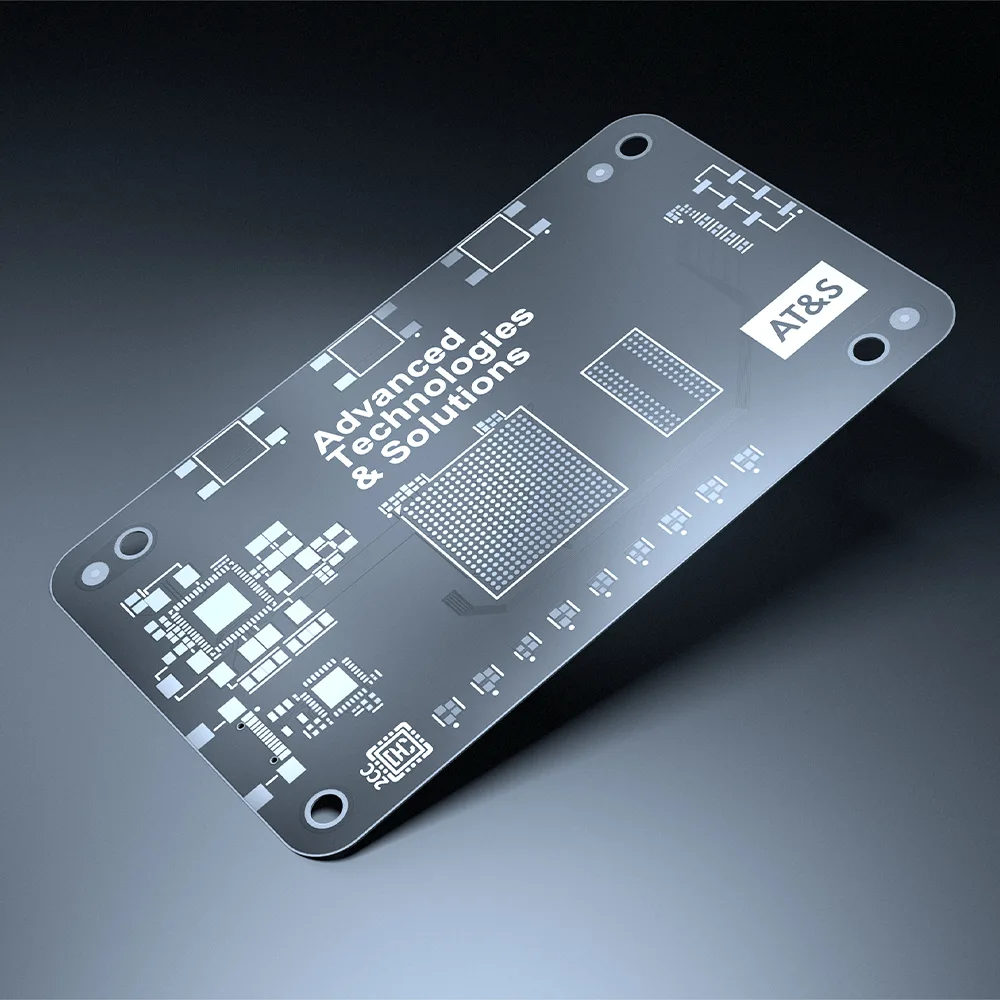3D Visualization
Through the three-dimensional representation of the brand in real space as well as in virtual space, it can be experienced in other forms. The brand becomes tangible. This is precisely where the value of 3D branding and 3D visualization for the brand and brand experience lies.


3D VISUALIZATION.
For multidimensional experiences.
In the age of visual marketing and branding, various 3D technologies are having a significant impact on the way B2B brands are perceived and experienced. As a B2B branding agency, we are seeing an impressive growth in the use of 3D visualizations, driven by technological advancements, increasing bandwidths for seamless transmission of large 3D data in real time, the proliferation of powerful output devices such as VR glasses, AR devices as well as high-resolution displays, and by an increased demand for immersive experiences in various fields.
3D visualization opens a new brand perception
Advances in computer graphics, specifically in areas such as ray tracing, physics simulations, and texturing, have significantly increased the quality and realism of 3D visualizations. With more powerful GPUs, complex scenes can be rendered in real time, resulting in more realistic renderings that deeply immerse users in an experience.
All of this means that, for us as a branding agency, the way 3D content is presented and experienced is also changing.
When are 3D visualizations useful?
The immersive nature of 3D visualizations enables B2B companies in industry and technology to communicate information and experiences in a deeper and more engaging way. This is especially true for professional users. From our long experience as a B2B branding agency, the ability to present products, ideas and concepts in a three-dimensional environment increases the understanding, interaction and engagement of differentiated decision makers and target audiences. In B2B, 3D visualization leads to stronger B2B brand engagement, better customer communication, increased sales and more efficient work processes. In B2C as well as B2B markets, 3D visualization is an effective tool to enable strong visual communication and create deeper understanding.
Fields of application of 3D visualizations
3D visualizations are no longer limited to the B2C sector and the gaming industry. They are also playing an increasingly important role in the B2B sector. Here are some reasons why this is the case from a B2B agency’s perspective:
- Product development and prototyping
In the B2B world, 3D visualizations can be used in product development. They make it possible to create and test prototypes digitally before expensive physical models have to be created. - Architecture and construction
Architects and engineers use 3D visualizations to plan, design and present construction projects. This helps to provide customers and investors with realistic insights into future projects. - Industrial simulations
In the manufacturing industry, 3D visualizations can be used to simulate production processes, plant layouts and logistics. - Education and training
B2B companies can use 3D visualizations to create training and educational materials for employees. Complex processes or devices can be effectively visualized and explained. - Marketing and presentation
Impressive presentations are also important in the B2B sector. 3D visualizations make it possible to visualize and present complex ideas and products in a convincing way. The digital prototype at a trade fair or the entire portfolio in the virtual showroom are typical applications that support the sales team far beyond the trade fair.
For us as a B2B branding agency, 3D visualization is an integral part of 3D branding in our strategic, conceptual and creative work. As technology becomes more advanced, B2B brands can not only present their products and messages in spatial environments, but also offer an immersive brand experience. The integration of 3D visualization in 3D branding makes it possible to convey brand identity in an even more profound way, which is crucial in an ever-evolving digital world.





